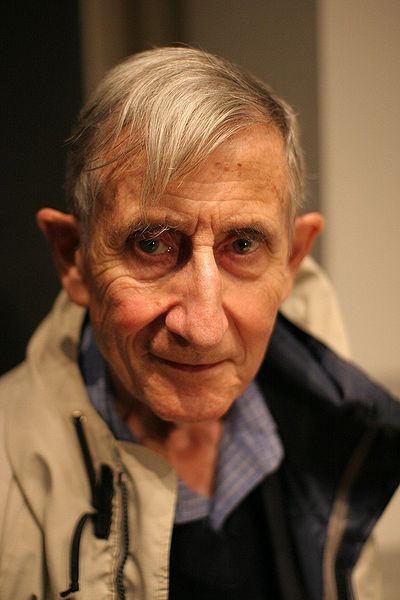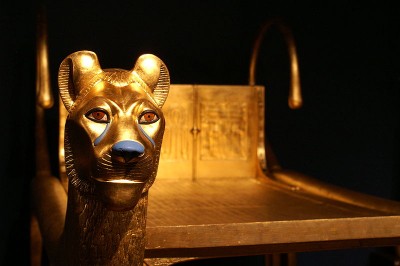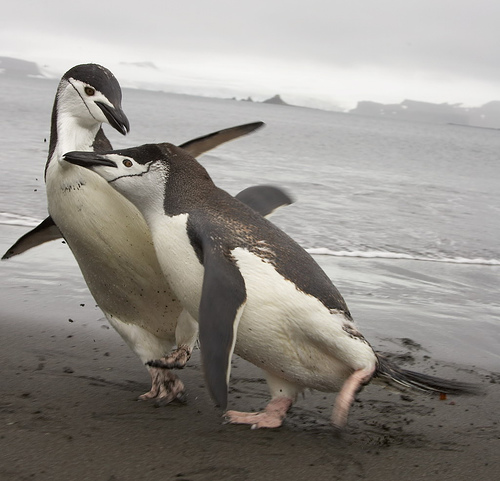 What an odd-looking person this Freeman Dyson is. His nose is long, his ears stick out, his smile is tentatively friendly, but what to make of those eyes?
What an odd-looking person this Freeman Dyson is. His nose is long, his ears stick out, his smile is tentatively friendly, but what to make of those eyes?
Dyson is hard to describe: he’s not like anyone you’ve met before and whatever he says is not what you’ll expect him to say. He’s spent his career and so far, his retirement, in one of the most intellectually-rarified places on the planet, the Institute for Advanced Study. But he doesn’t have a PhD – he says that doctoral students end up middle-aged, over-specialized, trapped, discouraged, and mentally deranged; and not having a PhD is “a badge of honor.” He’s extremely smart and the few people smart enough to understand just how smart he is, are generally in awe of his intelligence. His manners are exquisite and never fail; in conversations he’s omnivorously interested and listens with a sort of stunned joy, surely this person is about to say something delightfully original. He is the subject of profile after profile after profile, some startlingly good. One of the latest is in The Atlantic, and I’d like to suggest it’s incomplete – an easy shot since every profile is by nature incomplete. But still. Continue reading






